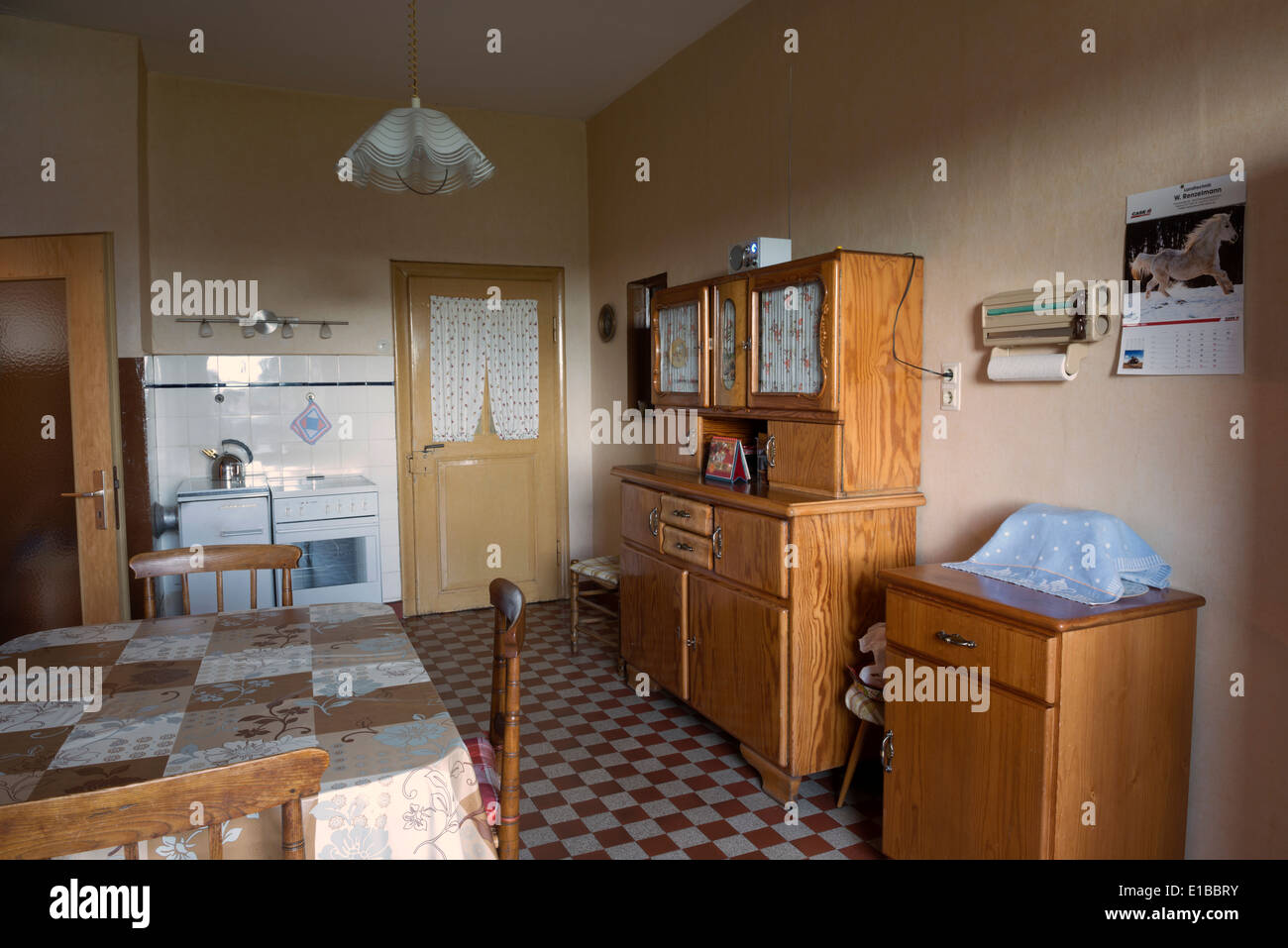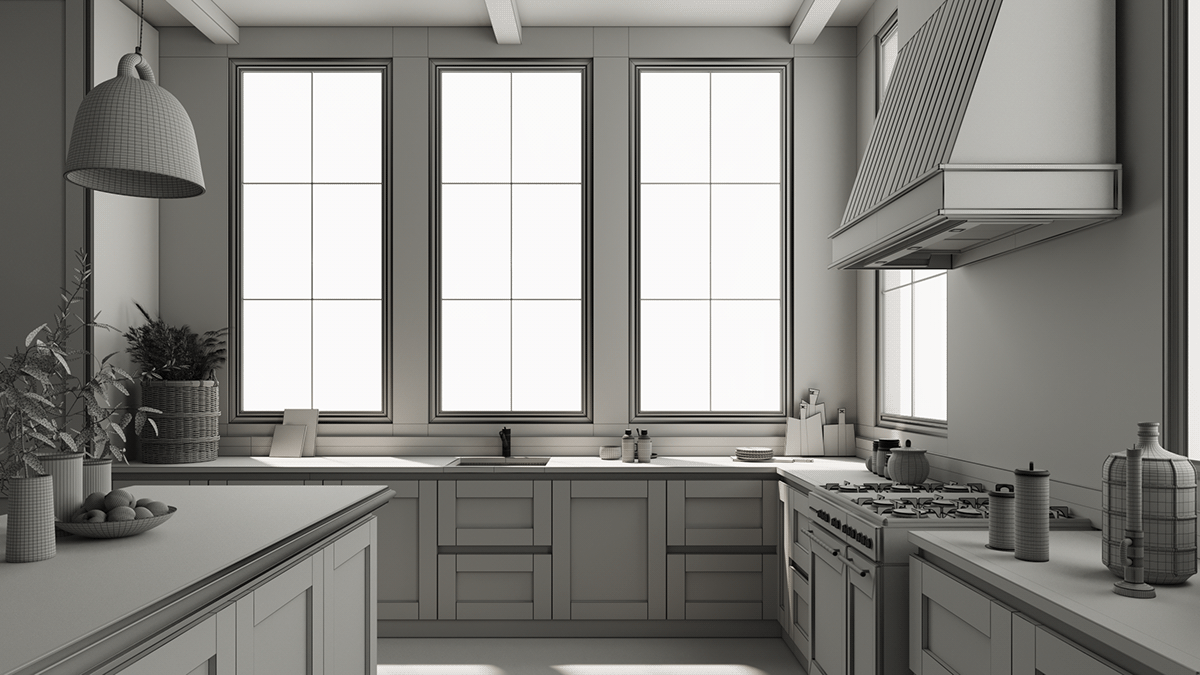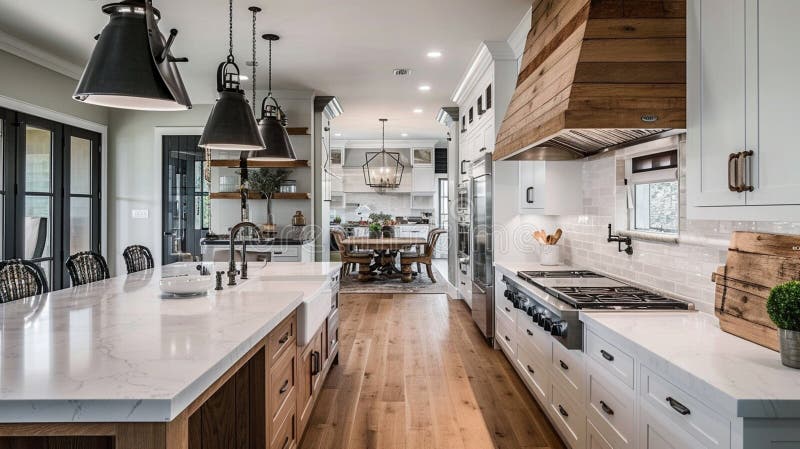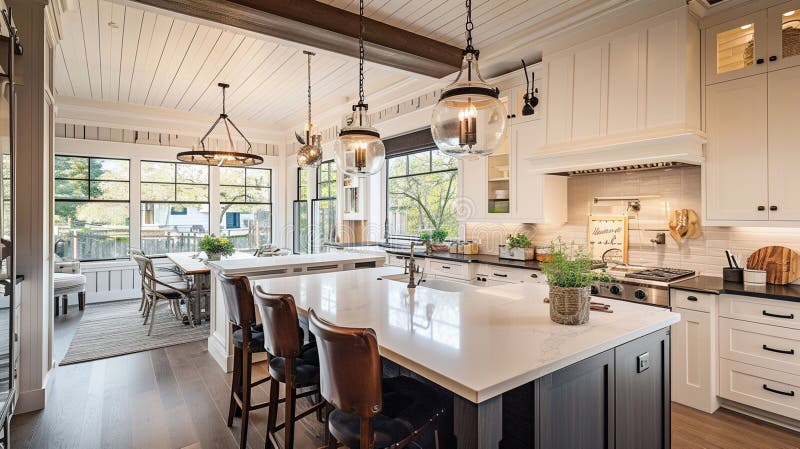Rustic Soul: A Kitchen's Whisper
Rustic Soul: A Kitchen's Whisper
Imagine stepping into a space where the scent of freshly baked bread mingles with the warmth of aged wood. A place where the hum of daily life blends seamlessly with the quiet strength of nature. This isn't just a kitchen; it's a rustic soul, whispering stories of comfort, tradition, and enduring beauty. This is the essence of the farmhouse kitchen, a style that transcends trends and speaks directly to the heart.
The Heart of the Home: Embracing the Rustic Farmhouse Style
The farmhouse kitchen isn't about mimicking a specific era; it's about capturing a feeling. It’s about authenticity, warmth, and a deep connection to the natural world. Think weathered wood, worn textures, and the comforting glow of natural light. This isn't sterile minimalism; it's embracing the imperfections that tell a story.
The Story in the Details: Key Elements of a Rustic Farmhouse Kitchen
-
Natural Materials: This is paramount. Think wood, stone, metal, and linen. These materials bring a raw, earthy feel that's both grounding and inviting. Look for reclaimed wood for countertops or shelving to add character and history.
-
Color Palette: Stick to a neutral base of creamy whites, soft grays, and muted browns. These tones create a sense of calm and allow the natural materials to take center stage. Introduce pops of color strategically with accents like vintage-inspired dish towels or fresh flowers.
-
Lighting: Layered lighting is key. Combine overhead lighting with task lighting (under-cabinet lighting is excellent for food prep) and ambient lighting (think vintage pendant lights or wall sconces). This creates a warm and inviting atmosphere, perfect for both cooking and gathering.
-
Texture: Don't shy away from texture! Rough-hewn wood, woven baskets, and chunky knit throws all add depth and interest. The contrast of textures keeps the eye engaged and adds to the overall rustic charm.
Building Your Rustic Haven: Tips and Tricks for Design
Designing a rustic farmhouse kitchen is less about following strict rules and more about creating a space that reflects your personality and style. Here are some practical tips to guide your journey:

1. Start with the Foundation: Flooring and Walls
The floor is your canvas. Consider wide-plank wood flooring in a light or medium tone. Alternatively, stone or ceramic tile in a neutral color can also work beautifully.
For walls, painted shiplap is a classic choice. Its simple elegance creates a backdrop that allows other elements to shine. If you prefer a more rustic look, consider exposed brick or stone.

2. Choosing Cabinets and Countertops: A Balancing Act
Cabinets are a major investment, so choose wisely. Painted wood cabinets in a creamy white or soft gray are a versatile option. Look for shaker-style cabinets for a timeless appeal.
Countertop choices:

- Butcher block: A classic choice offering warmth and durability.
- Granite or quartz: Durable and elegant options that complement the rustic style. Choose colors that complement your overall palette, such as a warm gray or a creamy beige.
- Reclaimed wood: Adds immense character and a touch of history.
3. Adding Character: Accessories and Decor
This is where your personality shines. Consider these elements:

- Open shelving: Showcase your favorite dishes and cookware.
- Vintage accessories: Find unique pieces at antique shops or flea markets. Think vintage enamelware, copper pots, or antique scales.
- Textiles: Add warmth and texture with linen curtains, woven placemats, and cozy towels.
- Plants: Introduce greenery to bring life and freshness into the space. Herbs are a great functional addition.
4. Lighting the Way: Creating Ambiance
Lighting is crucial for setting the mood.

- Pendant lights: Choose vintage-inspired pendant lights above the island or dining table.
- Recessed lighting: Provides functional overhead lighting.
- Under-cabinet lighting: Makes food prep easier and more enjoyable.
- Wall sconces: Add soft, ambient lighting.
DIY Projects for a Personal Touch

Embrace the DIY spirit to infuse your kitchen with unique character.
DIY Reclaimed Wood Shelf: A Step-by-Step Guide
Materials:

- Reclaimed wood planks (various lengths and widths)
- Wood stain or paint
- Wood screws
- Drill
- Level
- Sandpaper
Steps:
- Clean and sand: Thoroughly clean and sand the reclaimed wood planks.
- Stain or paint: Apply your chosen stain or paint, allowing ample drying time.
- Measure and mark: Measure the wall space and mark the positions for the shelves.
- Install brackets: Install sturdy brackets according to the manufacturer's instructions.
- Attach shelves: Securely attach the shelves to the brackets using wood screws.

Upcycling Vintage Jars: Adding Rustic Charm
Transform old jars into stylish storage solutions. Clean the jars thoroughly, remove labels, and then paint them in complementary colors or leave them as they are for a more weathered look. These can be used to store spices, utensils, or even flowers.
Beyond Aesthetics: Functionality and Flow

A beautiful kitchen is nothing without functionality. Consider these points for optimal kitchen flow:
- Efficient layout: Design the layout with the cooking process in mind. Keep frequently used items within easy reach.
- Ample storage: Maximize storage space with cabinets, drawers, and open shelving.
- Ergonomic design: Ensure that countertops and appliances are at comfortable working heights.
The Enduring Appeal of the Rustic Farmhouse Kitchen

The rustic farmhouse kitchen is more than just a style; it's a feeling. It's a space that invites connection, comfort, and the quiet joy of simple things. It's a place where memories are made, stories are shared, and the heart of the home truly resides. By embracing the core elements – natural materials, a neutral palette, and thoughtful details – you can create a kitchen that whispers its own unique story of warmth, comfort, and enduring beauty. This is your opportunity to craft a space that reflects your personal style and nurtures your soul. Let the whispers of your rustic farmhouse kitchen guide you.


